On Monday the world’s three most prominent private funders of scientific research – the US’s Howard Hughes Medical Institute, the UK’s Wellcome Trust and Germany’s Max Planck Society – announced plans for a new “top-tier, open access journal for biomedical and life sciences research”. Basic features of the as of yet unnamed journal (I suggest they call it Science of Nature and Cells) include:
- It aims to publish “highly significant contributions that will extend the boundaries of scientific knowledge”
- It will be fully open access (using a Creative Commons attribution license)
- It’s operations will be completely underwritten by the funders – there will be no author charges for at least the first few years
- All editorial decisions will be made by practicing scientists
- They aim to speed up the peer review process by potentially paying reviewers for timely reviews, and to get rid of the practice of reviewers demanding additional experiments
- Reviews will be published
To be honest, when I first heard rumors about this journal, my initial reaction was “ugh – the last thing in the world we need is another high-profile journal”. However, as it’s taken shape and I’ve had more time to think about it, my opinion feelings are quite the opposite, and I think this is a great and important event, for many reasons:
It represents the triumph of open access. The most amazing thing about the announcement, and the discussions leading up to it, was how it was universally assumed that this would be a fully open access journal. As far as I can tell, at no point was any consideration given to any other possibility. What a change a decade makes.
In the early 2000’s when PLoS and BioMed Central introduced the open access publishing model, it reception from the scientific establishment ranged from skepticism to derision. One of our major goals was to prove these doubters wrong, and show that open access publishing was best for science. What better testament to our success is there than having three pillars of the biomedical research establishment announcing the most prominent journal launch in almost a decade and treating it as a given that doesn’t even warrant discussion that their journal will be open access.
Many people have asked if I think journal is a threat to PLoS. It’s possible this journal will impact the flow of papers to PLoS Biology – which is close in target in scope. But even if it does, it’s important to remember that we didn’t start PLoS to become a publisher – we started PLoS to promote open access – and any success this new journal has will be an unqualified good thing from the perspective of PLoS.
Funders of science are finally recognizing the importance of reforming scientific publishing and their potential role in doing so. This new journal also represents a significant development in the relationship between funders of science and scientific publishing. Funders – both public and private – recognize that the publication of papers is one of the major products of the the research they support. Thus I’ve always found it a strange the extent to which they allow publishers to engage in practices that are inconsistent with the open and efficient exchange of results and ideas that science funders are trying to promote. Even above and beyond open access, I think the most newsworthy aspect of this new journal is that, in deciding to launch it, HHMI, Wellcome and MPI are saying, in essence, ” Enough is enough. The publishing system is broken, is interfering with science, and needs to fixed. You’ve had your chance, and things are getting worse and worse. So we’re just going to have to do it ourselves.” I think it’s fantastic that funding agencies are finally recognizing that publishing is an integral part of the research they fund, and that they have a vital interest in making sure that the process works in the best way possible.
Anything that shakes up peer review is a good thing. What ultimately motivated HHMI, Wellcome and MPI to get in to publishing was the feeling that peer review is broken and needs to be fixed.
One of the most bizarre things about the thousands of conversations I had with colleagues about reforming scientific publishing is how fervently they defend the existing system of peer review, even as they spend regaling you with their own personal horror stories about inexplicable delays, idiotic and meddlesome reviewers and arbitrary decisions. Never has their been a system so universally derided and defended at the same time by the same people.
This perverse attachment to a broken system is arguably the single biggest impediment to making scientific publishing maximally open and efficient, and there is great potential in this public expression from HHMI, Wellcome and MPI that they believe peer review needs to be significantly improved. There are really three targets for their ire:
- The whole process takes too long, with papers languishing on reviewers’ desks, and papers going through multiple rounds of revision and re-review before publication
- The review process has become too intrusive, with reviewers routinely demanding major changes to manuscripts and often additional experiments
- Editorial decisions on what to publish are arbitrary and based too much on sexiness and aesthetics, with too much power over the process given to junior scientists who are no longer active researchers
It remains to be seen whether their solutions to these problems (paying reviewers, hiring prominent active scientists as editors, enforcing new standards for review and publishing reviewers comments) will make a big difference. My own opinion is that a system in which the outcome of review is a binary “publish or not publish decision” is fatally flawed, and should be replaced by one in which publication and assessment are decoupled. But despite feeling that the new journal doesn’t go far enough in this regard, any disruptive effect it has on peer review will be a good thing.
[I’ve been meaning for some time to write more about the future of peer review – and this has prompted me to do it. More on that front soon.]
Paying peer reviewers is not insane. People seem to generally view the idea of paying reviewers as weird and dangerous. But I don’t see why. Reviewers are providing a service to the authors and publishers, and it seems perfectly sensible to reward them for performing this service in a timely and responsible manner. There’s no reason to suspect that this would bias their decisions – only that it would lead them to give a slightly higher priority to reviews than they normally do. It could also scale reasonably well, especially if journals started to charge for submissions. And it might help recruit reviewers. The only aspect of scaling that I really worry about is whether, if this became the norm for all journal, if these payments became a kind of entitlement, with the positive effect wearing wear off.
So, while a lot of details about the new journal are still to be determined, and I’m sure there will be some things I like and some things I don’t, the entrance of HHMI, Wellcome and MPI into the open access publishing world is an unambiguously good thing.

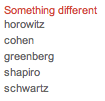
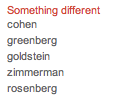


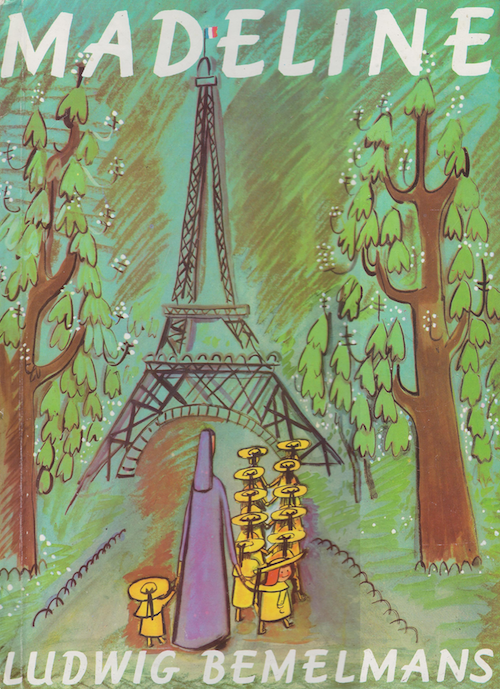
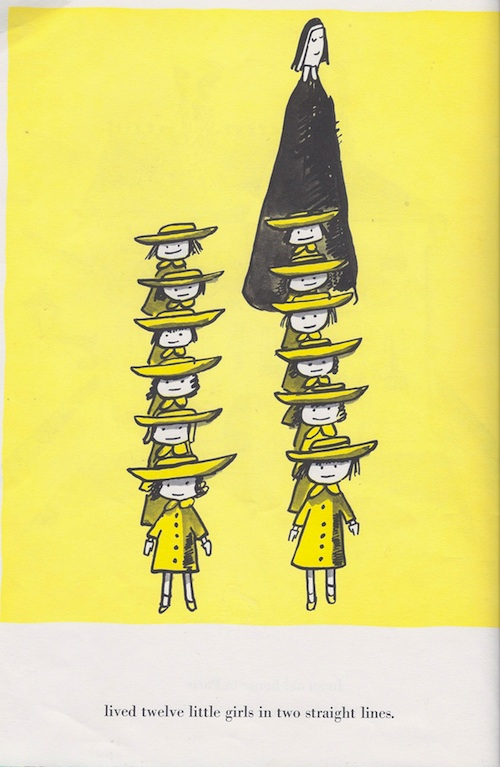

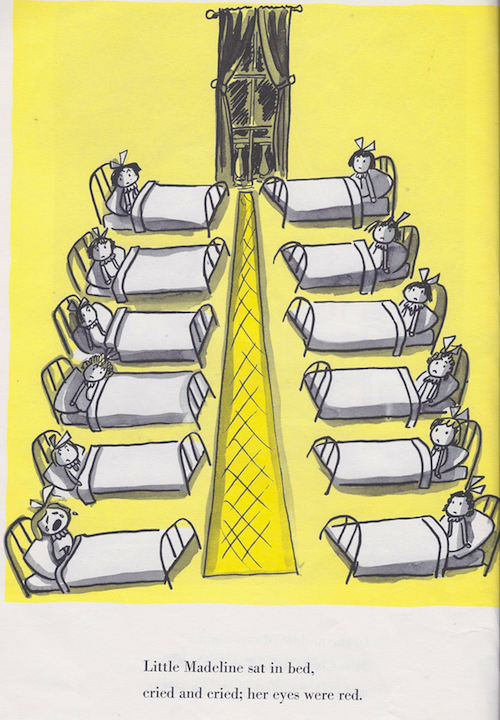
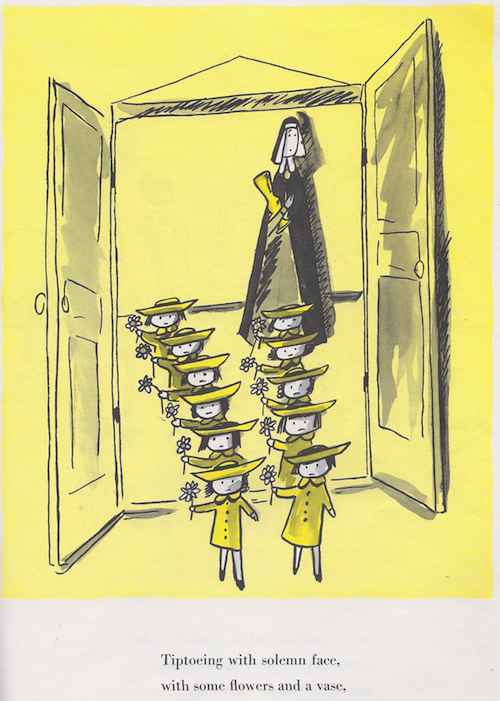
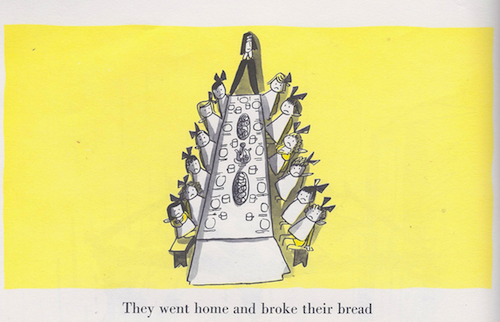
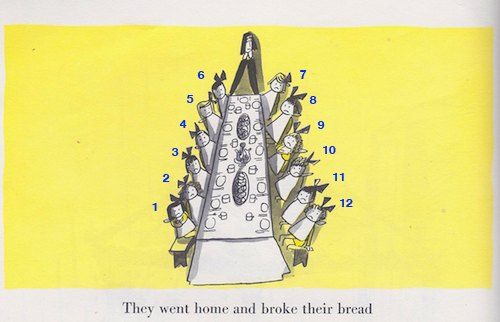
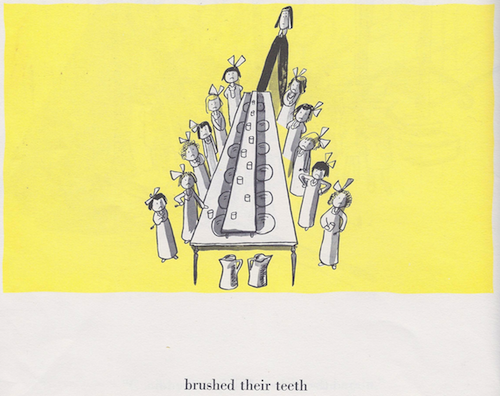



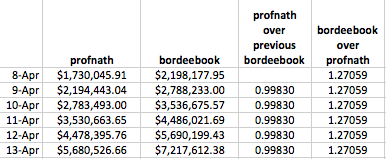

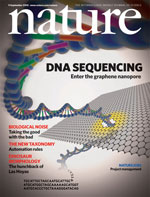

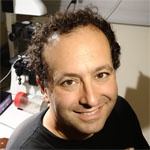 I'm a biologist at UC Berkeley and an Investigator of the Howard Hughes Medical Institute. I work primarily on flies, and my research encompases evolution, development, genetics, genomics, chemical ecology and behavior. I am a strong proponent of open science, and a co-founder of the
I'm a biologist at UC Berkeley and an Investigator of the Howard Hughes Medical Institute. I work primarily on flies, and my research encompases evolution, development, genetics, genomics, chemical ecology and behavior. I am a strong proponent of open science, and a co-founder of the 